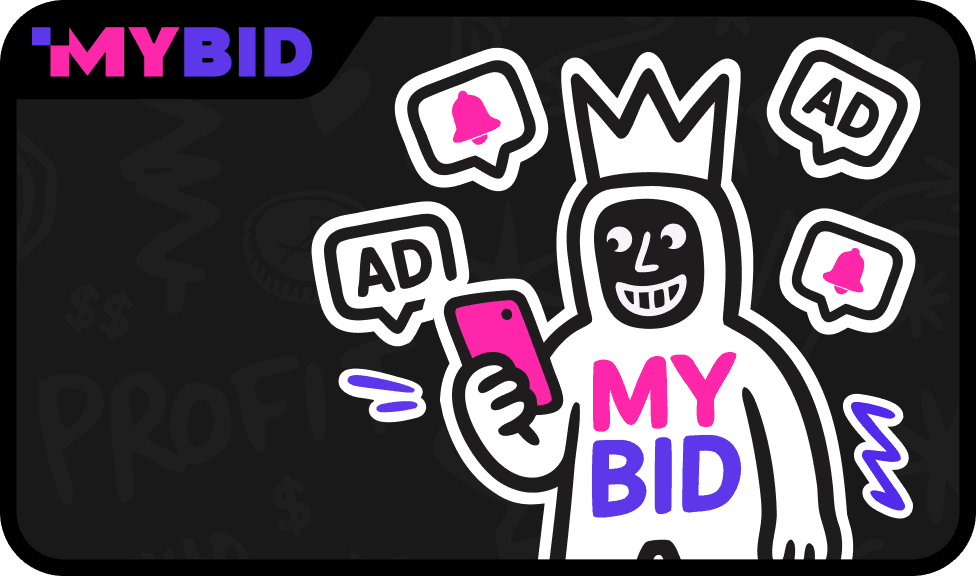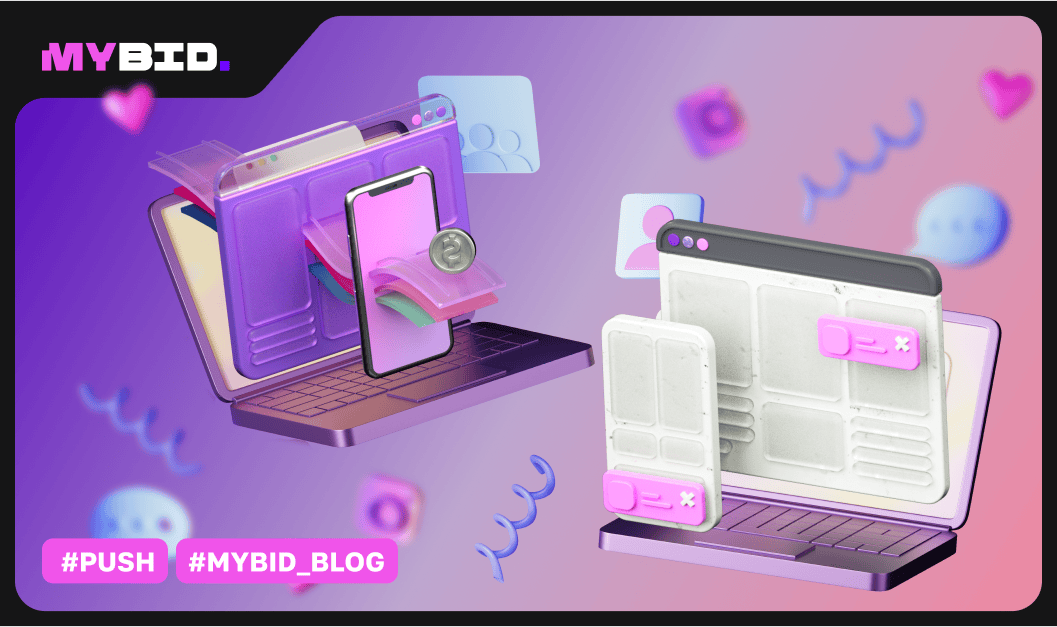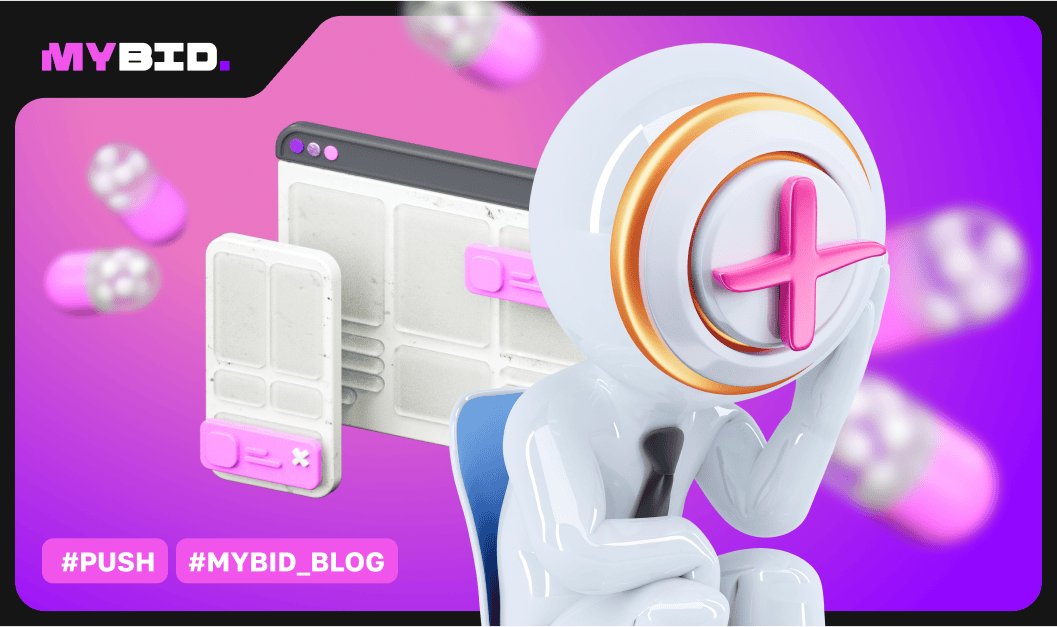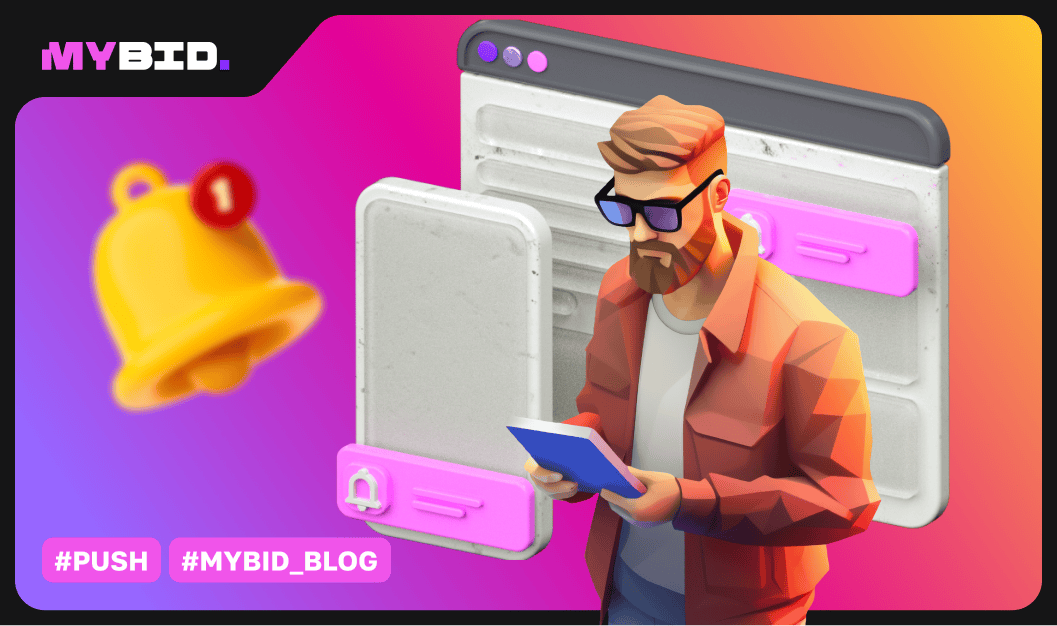
Push notifications are very powerful for improving user retention and driving traffic to your website or app. Industry data shows that using push notifications can increase user retention by 3 to 10 times compared to not using them. Additionally, the average click-through rate for push notification ads is a remarkable 15%, which is quite high compared to other forms of digital advertising.
Push notification traffic is also one of the cheapest ways to advertise online. When you consider the strong user retention, high click-through rates, and low cost, it's clear that push notifications are a valuable strategy that shouldn't be ignored or underestimated.
In this article, we will provide a comprehensive explanation of what "push traffic" is and share proven strategies for using it effectively to consistently generate profitable results for your advertising campaigns.
Push traffic refers to the audience that comes from push notifications. The process works like this: a website shows a notification, the user clicks on it, and they are then added to the push advertising mailing list. After that, their device will periodically receive offers to make a purchase or take some other action.
Push notifications as an advertising method started gaining popularity around 2012, but the technology behind them is older. In 2009, BlackBerry introduced a feature to notify phone owners of new emails through notifications. A year later, Apple used a similar method to communicate with users, and Google followed the year after.
Studies show that smartphone owners are usually more willing to subscribe to these types of notifications.
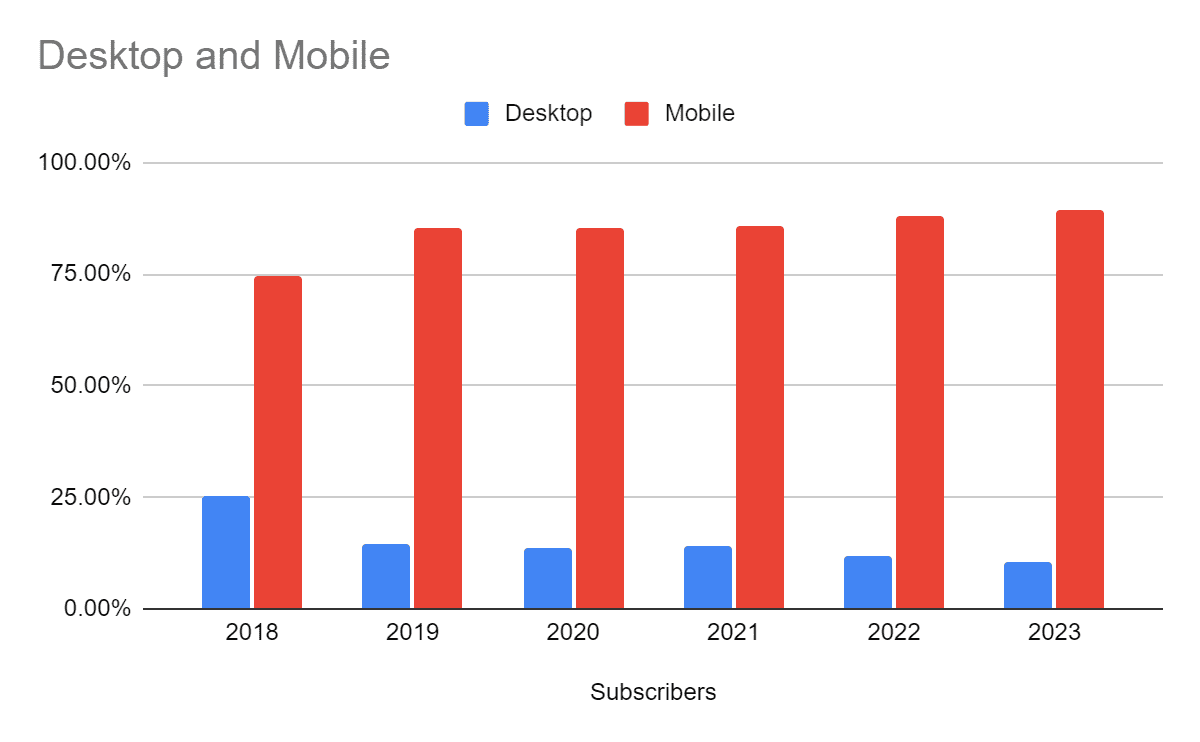
Over the years, push notifications have become a key marketing tool, helping businesses attract new push traffic and keep their loyal customers.
To make the most of push traffic, it's important to understand the different types of push notifications. So, let's go over the main types and how they can be used.
Push advertising can be divided into three main types: classic push notifications, In-Page Push, and mobile push notifications. Let’s take a closer look at each.
Classic push notifications: Classic push notifications appear on the user's device whether or not the browser is connected to the internet. You can set them up to be sent to mobile devices, desktops, or both, depending on your target audience. These notifications show up in the lower right corner of the screen, don't take up much space, and provide minimal information. For a user to start receiving these ads, they need to subscribe and allow the page to send notifications. This is the type most affiliate marketers use by default.
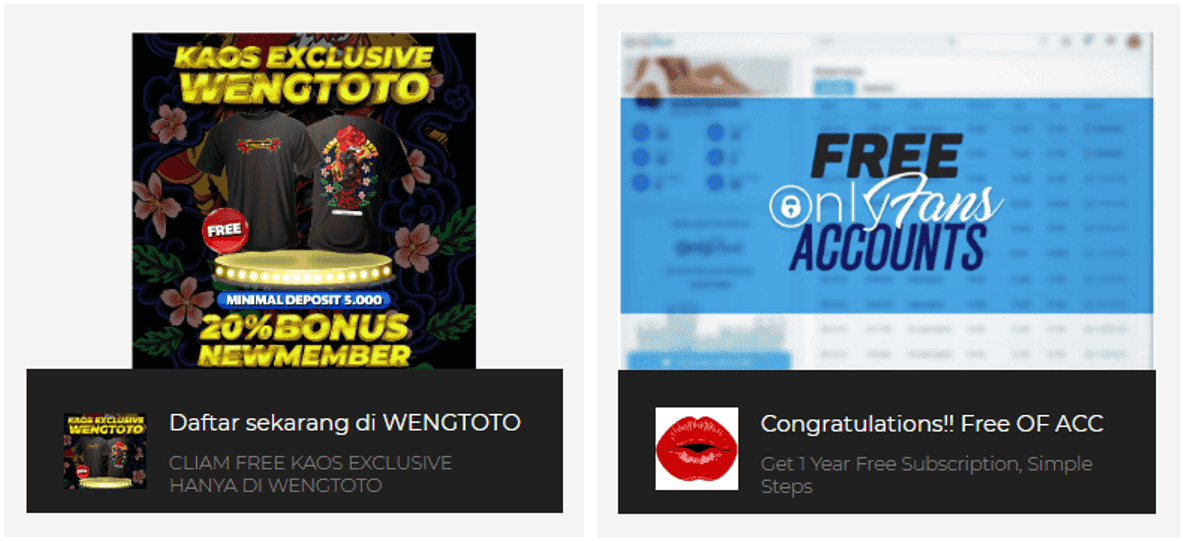
In-Page Push: In-Page Push notifications are sent not only to Android and Windows devices but also to Apple devices. These are more like banners and don't require user consent to display ads. This format helps reach the maximum audience and get more high-quality leads. Data shows that some areas, especially Tier-1 or Tier-2 geos, have a lot of iOS devices. To avoid missing out on this significant audience, affiliate marketers can use In-Page Push along with classic push notifications.
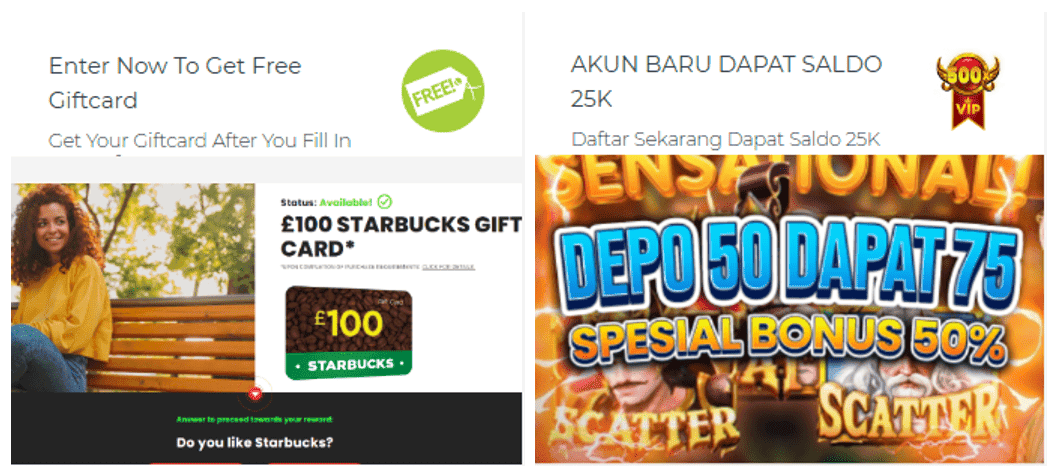
Mobile push notifications: Mobile push notifications are crucial for increasing the retention rate. These notifications appear when the user installs an app on their device. Thanks to these notifications, marketplaces can encourage customers to make new orders, and social media platforms can get users to visit the website again.
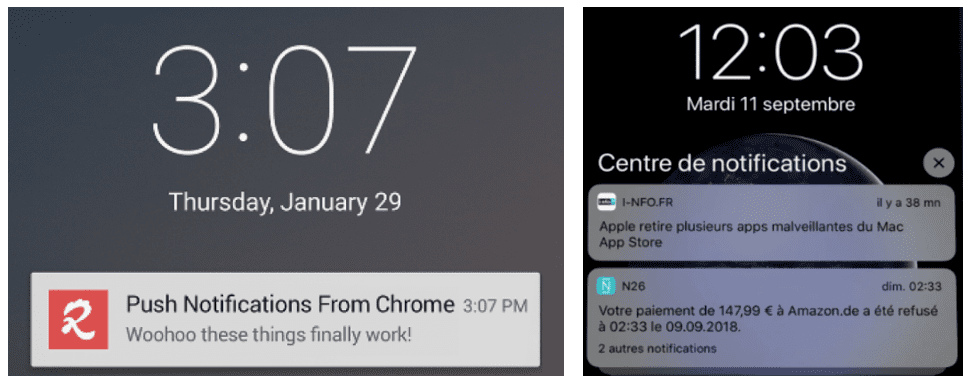
Affiliate marketers often use this format in gambling and betting niches. Gamblers receive updates about new promotions and bonuses in their favorite games, encouraging them to place bets again.
Experienced marketers use all these formats if possible. For example, they might run two parallel campaigns: one with classic push notifications and another with In-Page Push. If they're promoting an app, they'll also try to integrate notifications within the app to increase user engagement and profits.
Push notifications have their own characteristics that you need to know about. Here are some benefits:
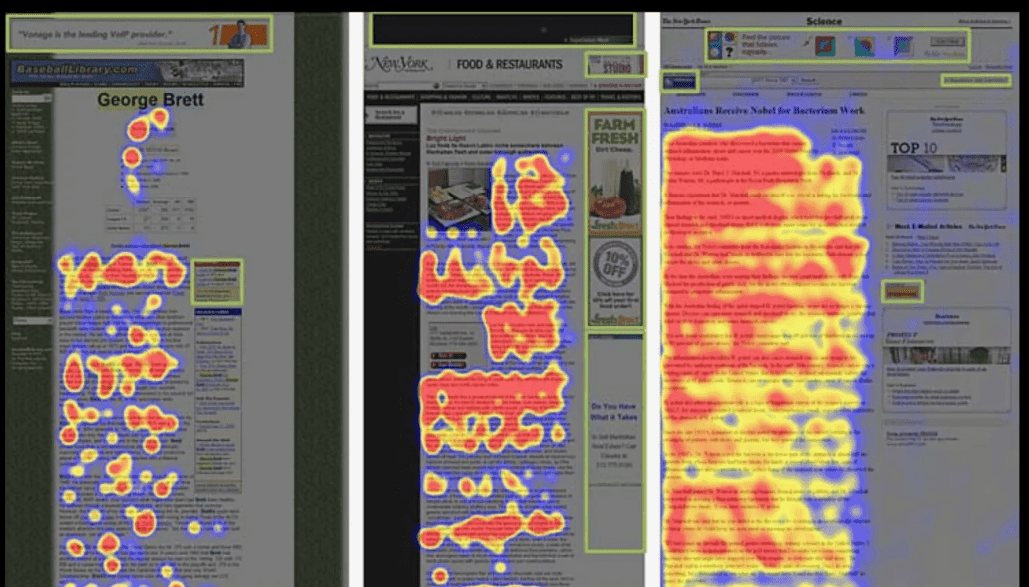
But there are also some difficulties to which you need to adapt:
Compiling and managing lists of approved and prohibited websites for displaying push ads can be time-consuming. Affiliates may find it beneficial to delegate this task to a personal manager from MyBid, who can handle traffic filtering and campaign optimization for them.
To effectively run traffic using push notifications, you'll need three key components: a tracker, an advertising network, and compelling creatives.
Tracker: A tracker is used to monitor and analyze the performance of your ad campaigns. Both cloud-based and server-based trackers are available. Cloud solutions are generally suitable for smaller volumes of traffic, while server-based solutions are better for larger volumes.
Advertising network: This is a platform that aggregates websites where push notifications can be displayed. Affiliates buy ad placements from these advertising networks rather than buying directly from the websites.
Push traffic is not liked because of fake bot traffic that's generated by some untrustworthy website owners. That’s why it’s so important to choose a reliable solution. MyBid owns 80%+ of the websites from which traffic comes. That’s why affiliates push to a live audience, not fraud.
Ad creatives: The effectiveness of push notifications largely depends on the quality of the ad creatives. Each push notification typically includes the following:
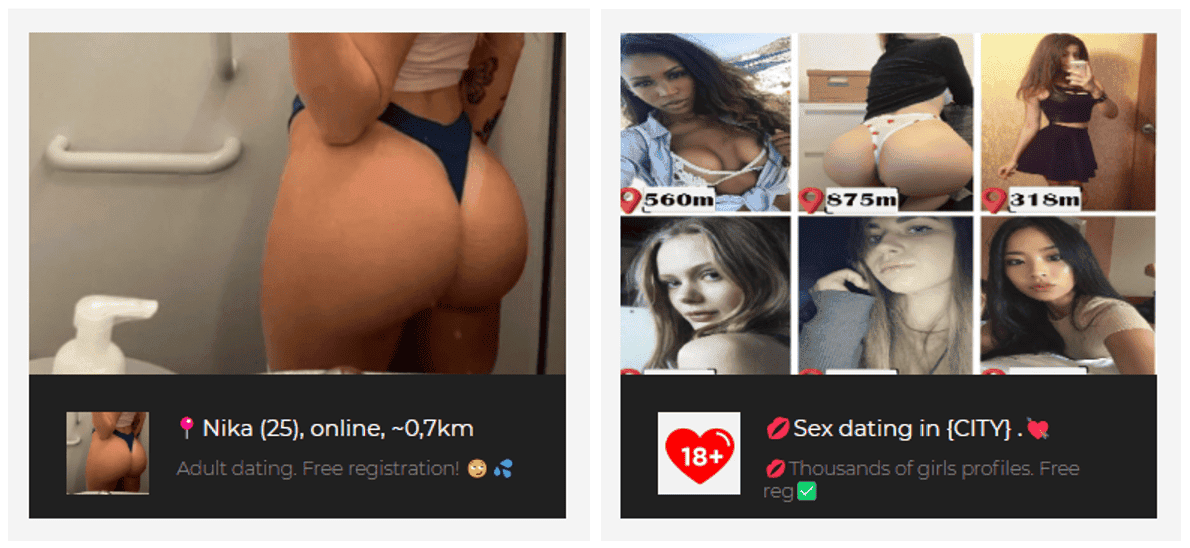
You will have to create ad creatives often, as they burn out on average once every three or four days. This is quite routine and costly work, especially if you constantly order them from a designer. However, a personal manager from MyBid can help you find and select the right ad creatives that will work for your campaign. This will free you of that burden and help you focus on more important tasks.
There are three most popular sources for push traffic: your own website, an advertising network, and subscription databases. Each source has its own operating features, which we will discuss below.
Personal website: If you have your own website with a steady stream of visitors, it can be monetized. To do this, you need to:
This setup will allow the affiliate to continue developing their website and generating passive income from user interactions. However, not everyone has a personal website, so affiliates often turn to advertising networks.
Advertising network: Advertising networks compile websites where push notifications can be displayed. It is advisable to choose networks that balance the cost and quality of push traffic. MyBid offers clicks from Tier-1 geos at a price of $0.0169 and thoroughly vets each website for traffic quality. If the budget is compromised by bots, their support team will address the issue and refund the lost money.
Subscription databases: This method has its pros and cons. On the positive side, affiliates can immediately access tens of thousands of leads. However, if the database is outdated or overused, the mailing will not be profitable. Therefore, it's crucial to:
The cost of a high-quality database can exceed $1,000, making this approach suitable for those who can justify the investment.
When affiliates start using push traffic, they often focus on cheaper verticals like sweepstakes, utilities, and VPNs. As they gain more experience, they move on to more profitable verticals like nutra, gambling, and betting.
Here’s a quick guide on how to effectively push traffic in each of these niches:
For sweepstakes, affiliates often use well-known brands that a lot of people recognize, like Apple, Samsung, or Amazon, in their ad creatives. The key here is to style the push notification icon and title to look like an email from a famous brand. This approach tends to get high conversion rates because people are more likely to click on something that looks familiar and trustworthy.
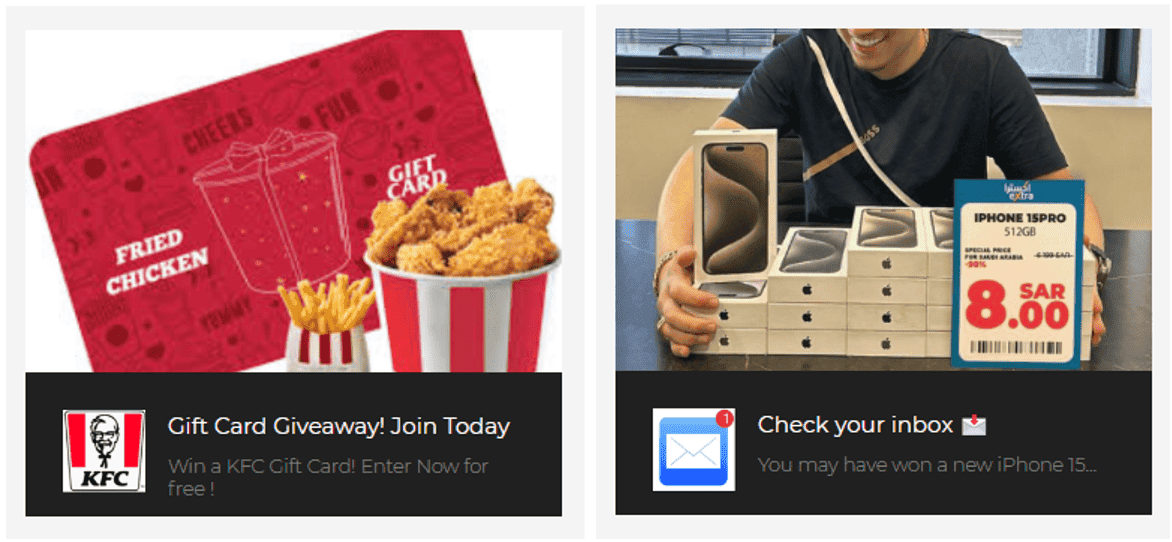
When promoting utility apps, affiliates use familiar logos to make their notifications look like system alerts. For Apple devices, using the bitten Apple logo works well, while for Android devices, the Android mascot is effective. The idea is to make the push notification look as much like a system notification as possible, increasing the likelihood that people will click on it.
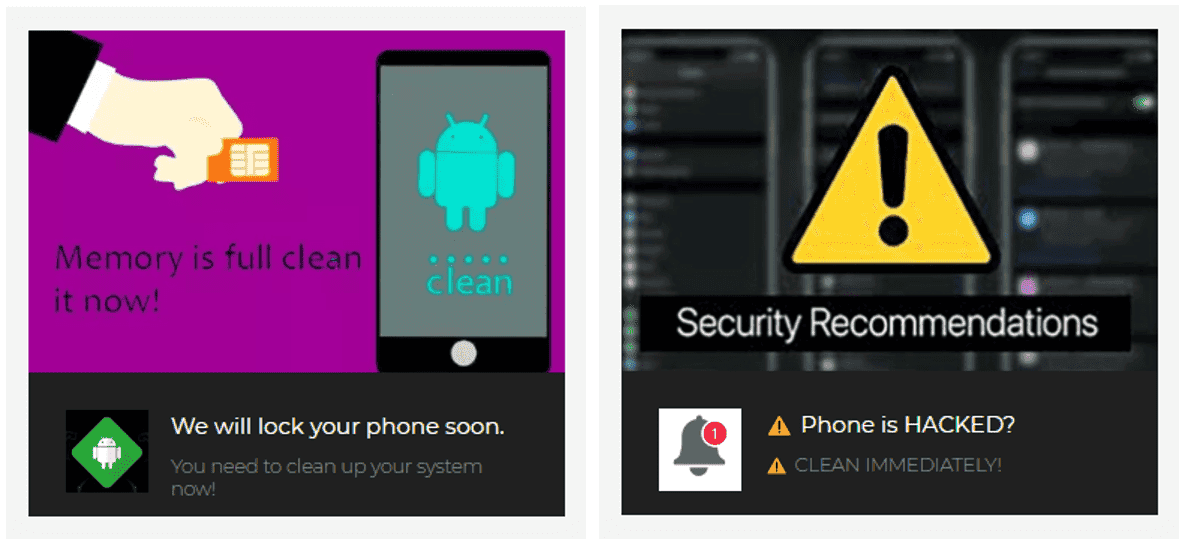
For VPN services, the ad creatives are usually styled as system alerts too. In geos where certain websites are blocked, including logos of these websites in your notifications can be very effective. People are more likely to click on the ad if they recognize it as a way to access blocked content, making this a very targeted approach.
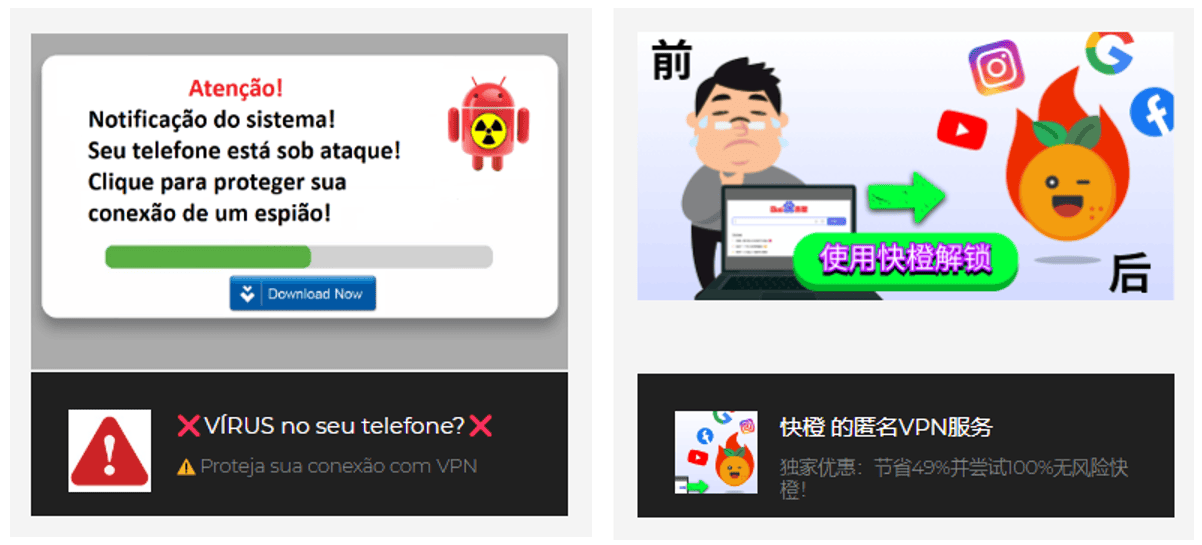
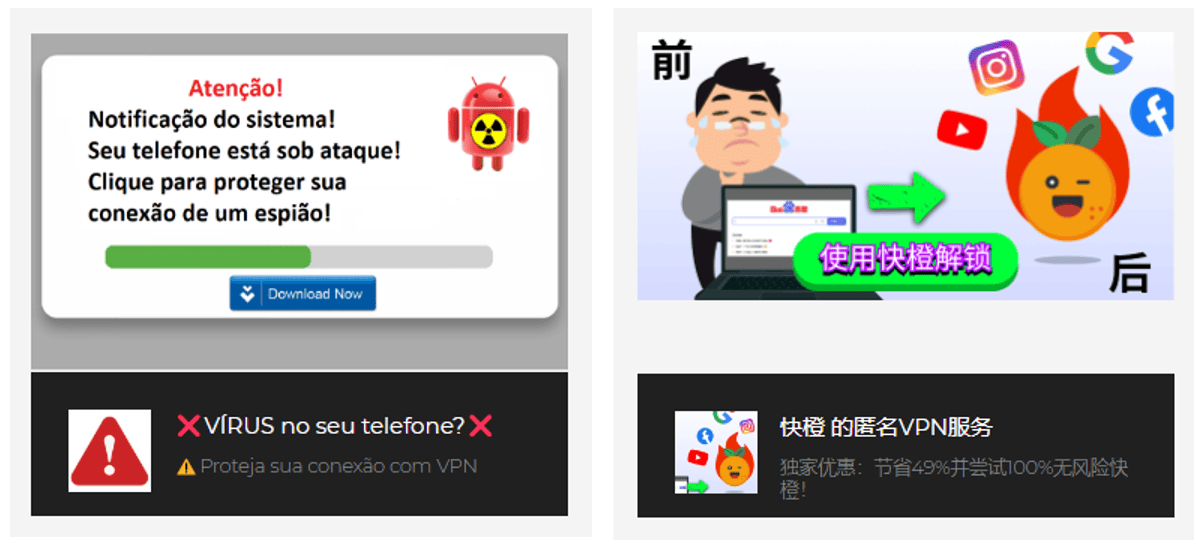
To attract users to online gambling platforms, affiliates use visuals that highlight the benefits of the service. This often includes showing bonuses from the gambling website or screenshots of successful withdrawals. People are drawn to the idea of winning money, so these types of visuals can significantly boost conversions.
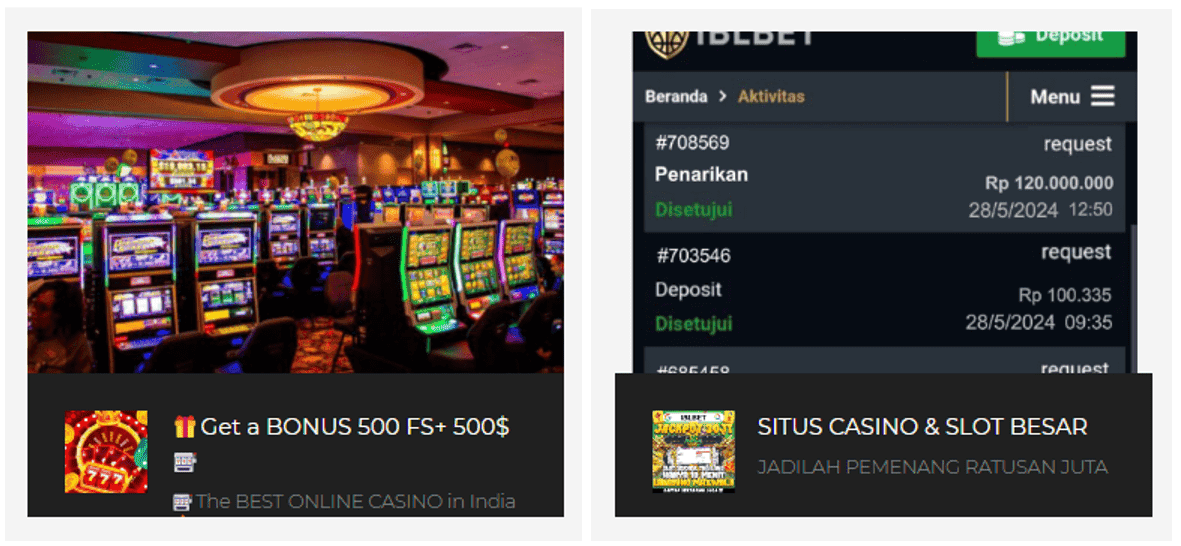
When promoting betting platforms, using images related to sports is very effective. Photos of national sports teams or famous athletes can catch people’s attention. Familiar faces and teams make people more likely to click on the ad, as they see something that resonates with their interests.
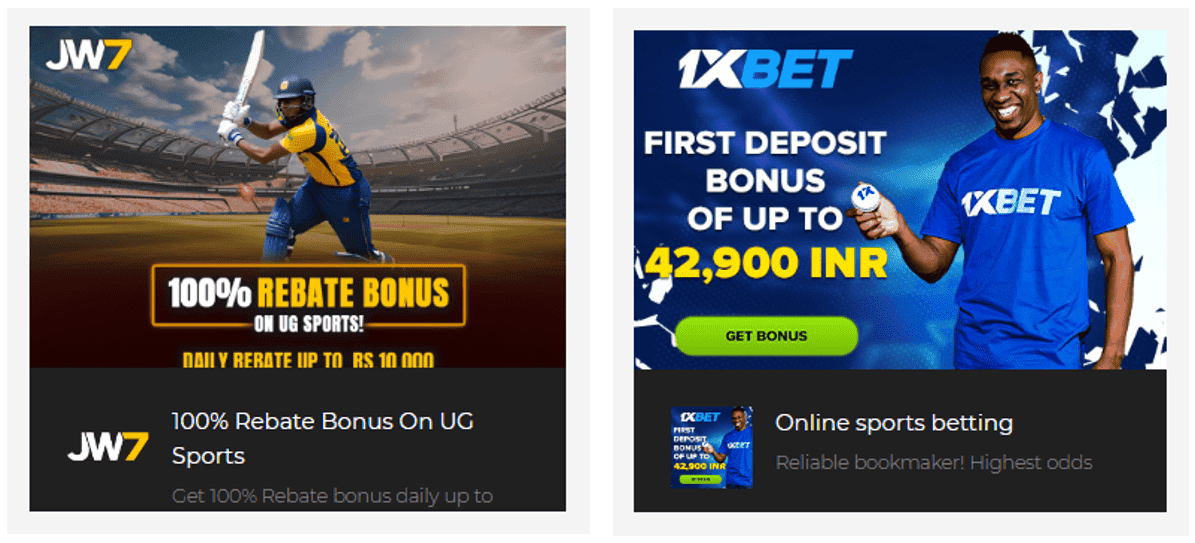
For nutra products, showing the effectiveness of the product is key. Using "Before and After" images that show the results of using the product can be very persuasive. For products like male enhancement, mentioning specific benefits like increased size and showing photos of happy couples can be effective.
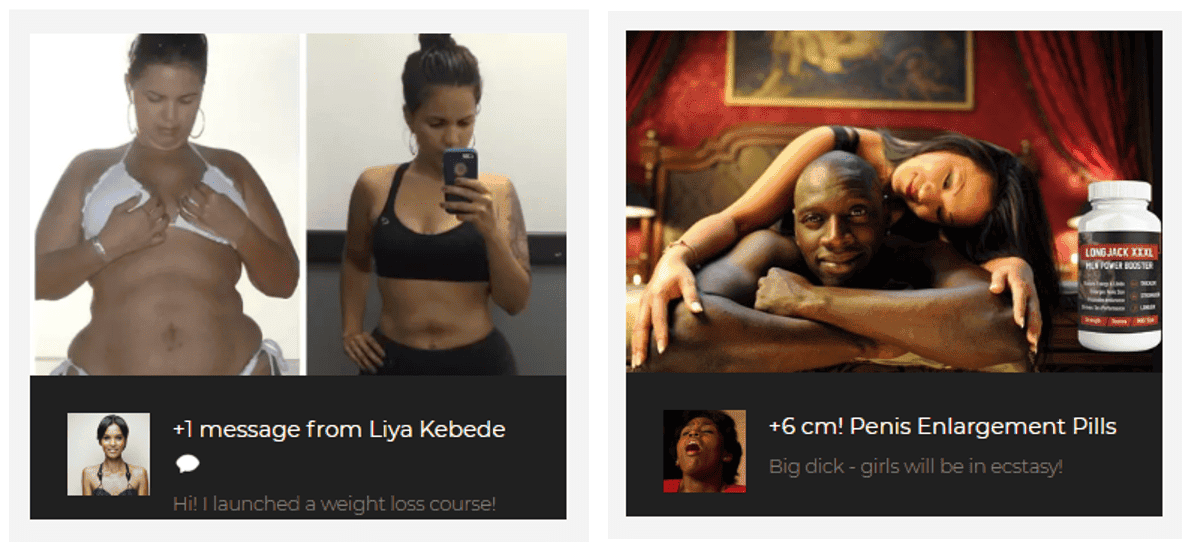
If the product is from a well-known brand, using photos of the actual product can also help. Seeing real results or familiar products makes people more likely to trust and click on the ad.
We’ve gathered some common challenges that inexperienced affiliates often face when working with push traffic. To help you push traffic with minimal risk to your budget, here are some valuable tips.
Set the right time and frequency for notifications: Each geo has its own time zone and typical working hours. It’s crucial to promote your offer when the push traffic is most receptive. Generally, the best time is from 17:00 to 22:00, when people are either commuting from work or winding down before bed, often browsing the web. By timing your notifications correctly, you can significantly increase engagement and conversions.
Separate campaigns for desktop and mobile devices: The cost of bids in auctions can vary depending on whether the audience prefers desktop or mobile devices. Typically, audiences that use smartphones for push notifications are more expensive to target. However, in some geos, desktop users might be more prevalent. By splitting your campaigns into desktop and mobile, you can save money by avoiding non-targeted push traffic and ensuring your budget is spent more efficiently.
Avoid Using Ad Creatives from Spy Tools: Ad creatives that appear in spy tools are often overused and ineffective. Users have seen these ads many times and tend to ignore them, making it hard to run a profitable campaign. Instead, create your own unique creatives or hire a designer to make fresh, engaging ads. This approach will help your campaign stand out and attract more attention.
Test both regular push notifications and In-Page Push: In some Tier-1 and Tier-2 geos, there are more Apple users than Android users. For these geos, it’s beneficial to run your ad campaigns using In-Page Push notifications.
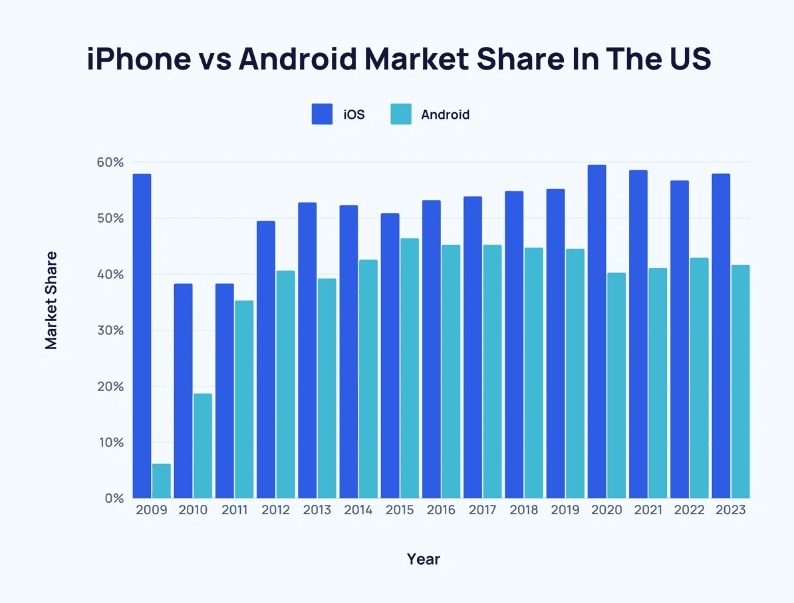
Targeting specific geos in this way can increase your conversions by an average of 4.2%. It’s all about understanding your audience and tailoring your approach to fit their preferences.
Use a personal manager for campaign management: Managing ad campaigns can be complex, and not all affiliate managers can provide the detailed support you need. However, MyBid offers experienced personal managers to each affiliate marketer. These managers can help you choose the right offers, find suitable creatives, and optimize your push campaigns. This support can significantly reduce the risk of your first campaign failing and help you succeed in affiliate marketing.
Both new and experienced affiliates can use push notifications to get lots of conversions. For beginners, push notifications are great because the traffic is cheap, the technical setup is simple, and there are many examples to follow for any geo. This makes it easy for newbies to understand the basics and start profitable ad campaigns quickly.
Experienced affiliates can also take advantage of push notifications to consistently get a good return on investment (ROI).
To learn how to use push notifications effectively and make a good profit, it's a good idea to work with fully managed advertising networks. These networks provide a personal manager who can help you set up, optimize, and scale your campaigns.
